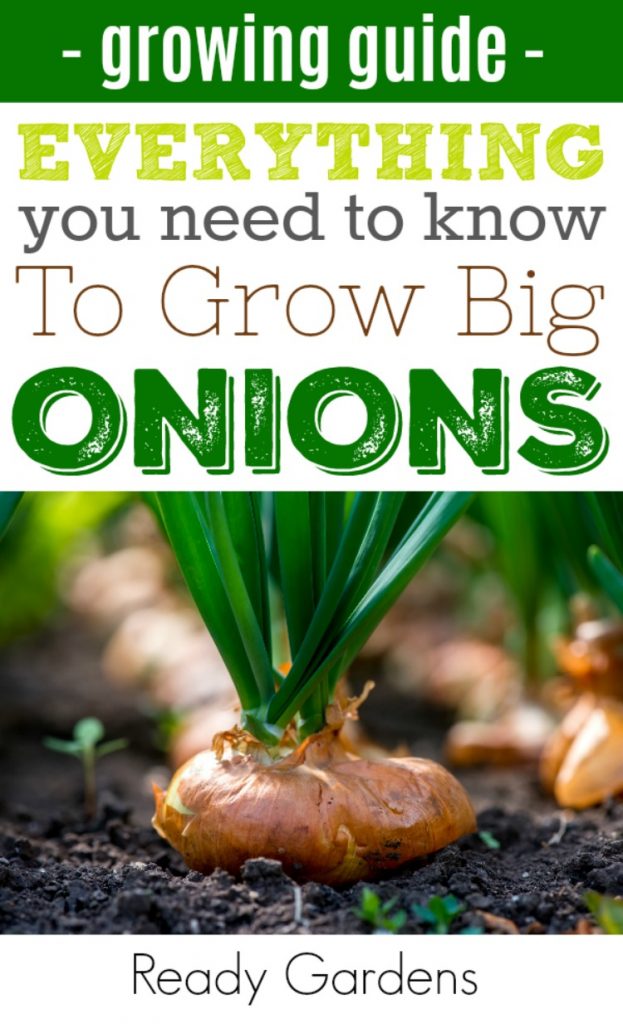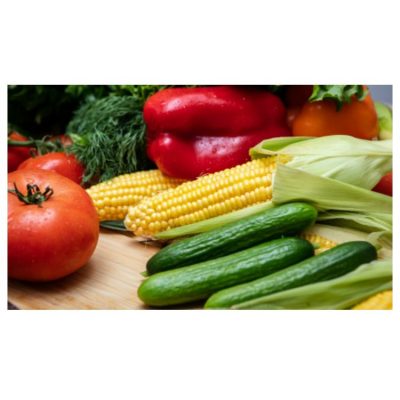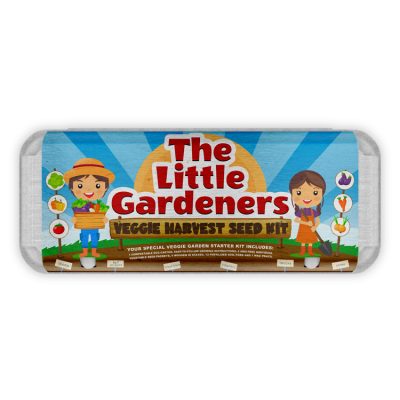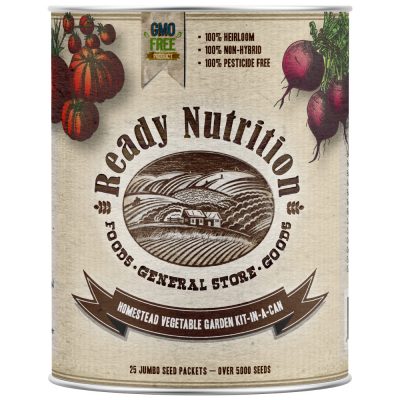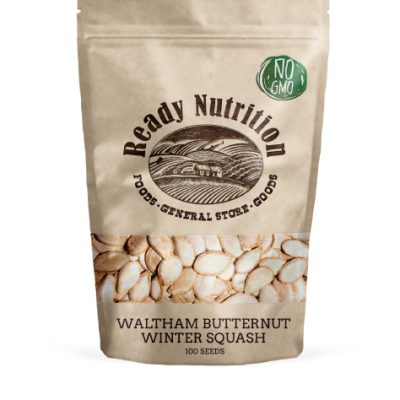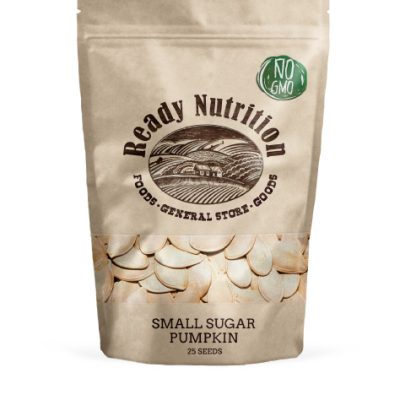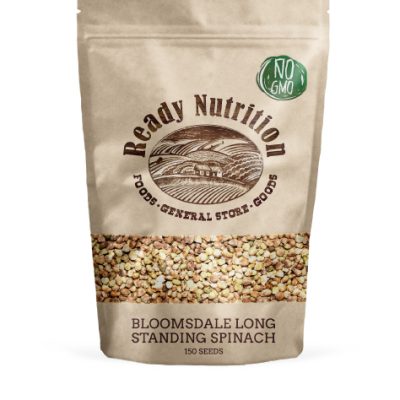
Onions provide not only a fresh burst of all natural flavor to our food, but they are rich in vitamin C making them a great choice during those cooler months when we are trying to fight off the common cold. Vitamin C boosts our immune system naturally and helps our body fight off infections. But that isn’t all this vegetable can do! Onions are also a great source of dietary fiber and folic acid. They contain calcium, iron, and have a high protein quality (ratio of mg amino acid/gram protein). Onions are low in sodium and contain no fat. If you love onions as much as we do, maybe it’s time to give them a try in your garden!
Did you know the sulfur that gives onions their bite or “zingy” flavor comes from sulfur in the soil? In the Middle Ages, it was believed that onion juice could cure baldness, snakebite, and rabies.
Onions are a cold season crop and easy to grow because of their heartiness. However, choosing the right onions for your area will help increase your crop yield. Onions are photoperiodic, which means they are sensitive to the amount of daylight they receive. When the days last 12 hours or more, leaf production stops and the bulbs will begin to form. Because the farther north you live the longer the days are in the summer, different varieties of onions have been bred for different parts of the country.
But which onion is right for you? Long day, short day or day neutral onions are all options. Here’s an easy way to decide what will likely work best for your climate: Imagine there’s a line running across the country from the border between North and South Carolina to San Francisco (roughly 36 degrees latitude). If you live north of that line, plant long day types; if you live south of that imaginary line, short day onions will do best for you. Day-neutral onions don’t care about the day’s length and will produce a healthy crop in any part of the country.
Long Day Types (northern onions)
- If you want large onions select “Walla-Walla” or “Ailsa Craig”
- If you want good red onions, choose “Red Wing”, “Red Florence”, or “Southport Red”
- If you want onions which store well after harvesting, select “Copra”, “Yellow Globe”, or “Sweet Sandwich”
Short Day Types (southern onions)
- If you love sweet Vidalia-type onions try the “Yellow Granex”
- If you want an onion that will store well after harvesting, choose “Texas 1015-Y Supersweet” or “Red Creole”
- If you like a milder flavored onion, try the “White Bermuda”
Day Neutral Types
- If you like a mild white onion that produces large, sweet bulbs, try the “Super Star”
- If you prefer a yellow onion which will store well and can grow to be softball-sized, try the “Candy”
- If you are wanting a large, globe-shaped red that also stores well consider planting a “Red Stockton”
PLANTING
- Start onion seeds indoors 8-10 weeks before the last frost date. (Frost date calculator, offered by The Almanac). Onions need soil temperatures above 50°F to germinate.
- Plant 2 seeds per cell and grow them inside until the weather has warmed up enough to plant them outside.
- Onions prefer sweet fertile soil with near neutral pH and need a lot of sunshine. Check the pH of your soil if you are uncertain.
- Since they are shallow-rooted plants, keep them well weeded and use mulch to keep the soil cool and moist after transplanting. Onions grow best if planted where lettuce or squash grew the previous year but do poorly if they follow a cole crop.
TROUBLESHOOTING
- Northern onions are not affected by pests very often, but southern onions can be. Small onion maggots kill the plant by burrowing into the stem and the bulb. Pull up and destroy any plants with maggots before the maggots can mature into flies.
- Fungus diseases such as pink root, mildew, and bottom rot that are carried in the soil itself are uncommon and also rather easily fixed. Rotating the onion plot and growing resistant varieties are just about all a home gardener has to do to avoid these funguses.
HARVESTING
When the onions’ tops begin to dry out and fall over, push them all over and withhold water for about 1 week. After a week, pull all the onions and spread them out in the sun so the foliage will dry and the skin will toughen up. This will help ensure your onions store well.
Helpful Tip: If it’s raining, make sure you spread out your onions in a covered area such as a shed. After curing, DO NOT store in a refrigerator as it is too damp, instead, once cured, your onions can be hung in a mesh bag, spread no more than two deep in a box, or braided and hung in a cool (40° to 60°F), dry, well-ventilated area. Check periodically for sprouting or rotting onions and remove them. Sweet onions will not keep as well because of their higher water content. To avoid sweet onions bruising, store them so that they don’t touch each other. The Almanac‘s tip is to do this is to use clean old pantyhose. Slip the onions inside one at a time and tie a knot between each one. Hang them in a cool, dry place.
Since onions are fairly easy to grow, hearty, and have few potential problems, why not give them a try in your garden? You’ll have the flavor for your food all year round, and the nutrients to help keep your body running in tip-top shape.
